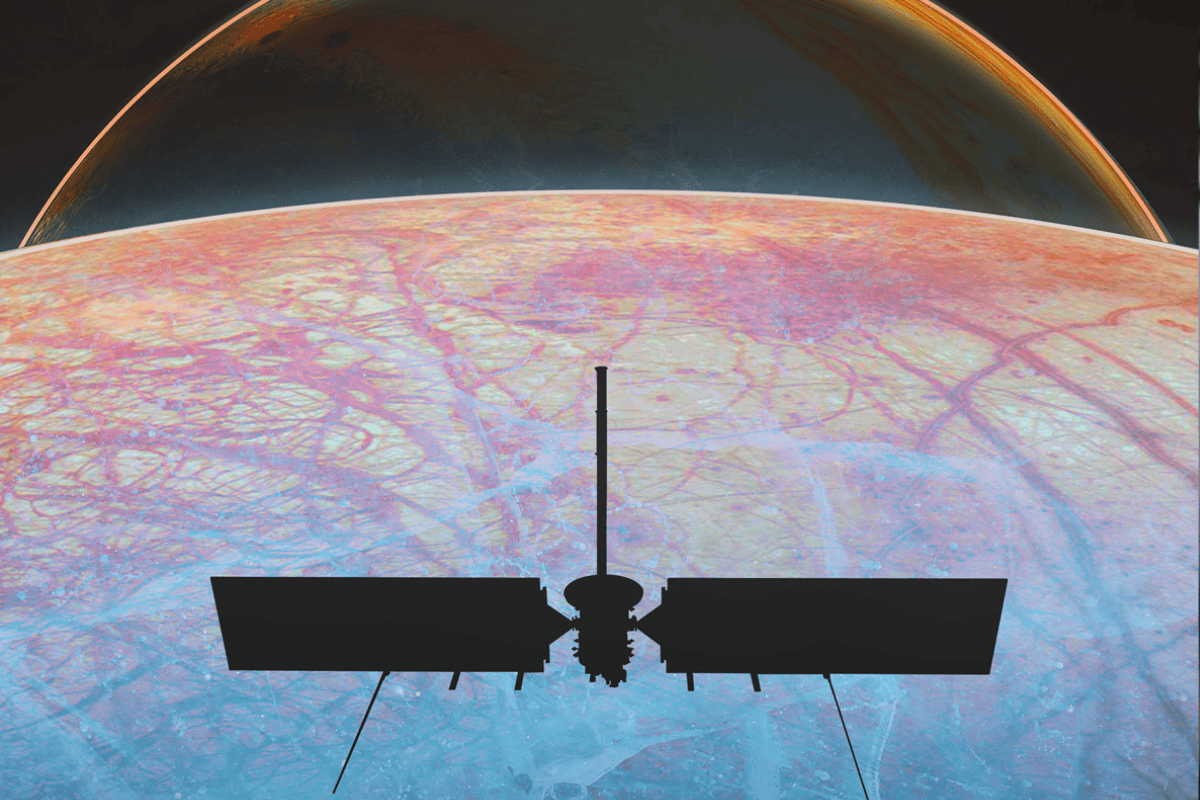Get ready for a celestial spectacle that promises to ignite our imaginations and push the boundaries of space exploration. The cosmos is about to become a stage for a series of upcoming space missions and launches that are set to dazzle and amaze. From cutting-edge technologies to ambitious endeavors, these missions are poised to redefine our understanding of the universe and propel humanity into a new era of space exploration. Hold on tight as we delve into the extraordinary missions that are sure to leave us in awe and redefine the possibilities beyond our blue planet.
Europa Clipper Mission Will Help Us Understand Jupiter’s Moon

Embarking on a thrilling cosmic journey, an orbiter spacecraft is poised for liftoff in October 2024, armed with a suite of 9 cutting-edge science instruments. Setting its sights on the enigmatic moon Europa, the spacecraft aims to unravel the mysteries of this icy world. Anticipation builds as we await its grand entrance into Jupiter’s orbit, scheduled for April 2030, promising unprecedented insights into the secrets hidden beneath Europa’s surface.
In its upcoming mission, Europa Clipper aims to unravel the mysteries hidden beneath the icy surface of Jupiter’s moon, Europa, with a primary focus on identifying environments that could support life. The spacecraft will conduct detailed explorations to achieve three main science objectives: understanding the ice shell and sub-surface ocean, examining the moon’s composition and geology, and assessing its potential for habitable conditions beyond Earth.
Equipped with massive solar arrays and radar antennas, Europa Clipper is NASA’s largest planetary mission spacecraft to date. Standing at 16 feet in height, with arrays spanning over 100 feet when deployed, it boasts a dry mass of 7,145 pounds. Designed to endure Jupiter’s harsh radiation environment, the spacecraft features a thick-walled vault made of titanium and aluminum, acting as a shield against high-energy atomic particles. This innovative strategy, successfully employed by NASA’s Juno spacecraft, aims to slow down the degradation of Europa Clipper’s electronics.
Europa, with its strong evidence of a subsurface ocean, is a promising candidate for potentially habitable environments in our solar system. Europa Clipper’s payload includes cameras, spectrometers, ice-penetrating radar, magnetometer, and gravity measurements, all aimed at producing high-resolution images and maps, searching for subsurface water, and unlocking clues about Europa’s ocean and interior. The spacecraft’s comprehensive instrumentation will play a crucial role in advancing our understanding of the potential for life beyond Earth.
